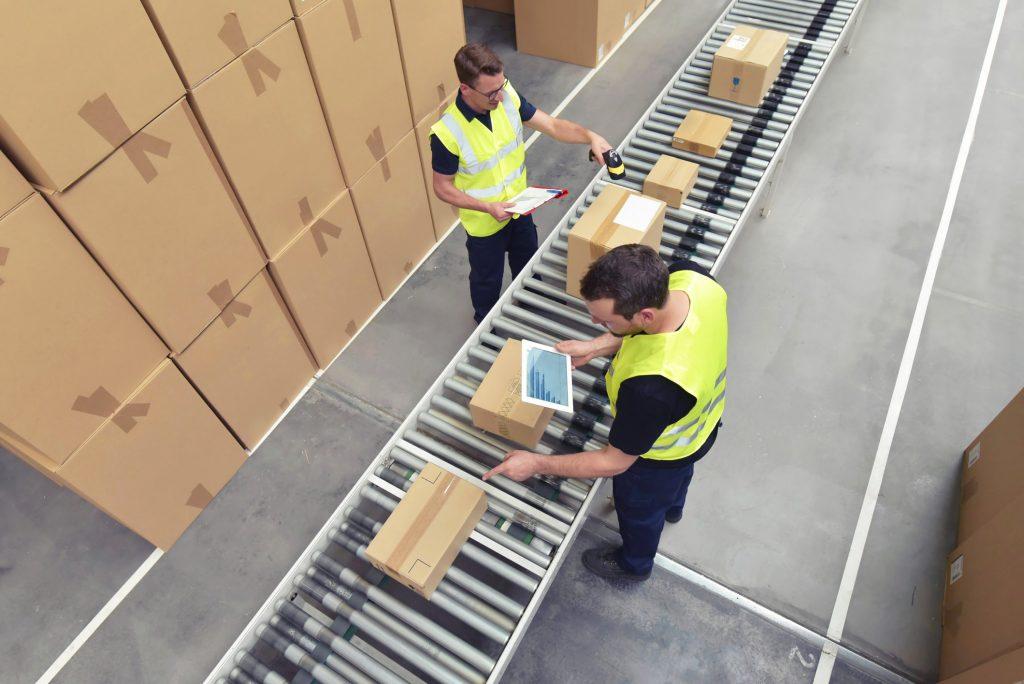When you implement a brand-new system into your supply chain, whether it’s barcode labels or asset tracking software, you need to make sure it is optimised within your business processes. This is an easy thing to get wrong and can involve a lot of missed opportunities. Instead of optimising the supply chain so it adds value to your company, it can end up full of errors which cost time and money.

Even if your supply chain is working efficiently, it could still not be optimised fully, and thus your company is missing out on the chance to improve processes that result in increased revenue. Developing your supply chain’s efficiency allows you to cut costs and create a more productive workforce, which can improve customer service overall, benefitting the bottom line. Here are some of the things you should be avoiding when you optimise your supply chain.
Neglecting the Data
One of the benefits of using the likes of asset tracking software and barcode tracking is that you will have access to vast amounts of data that you didn’t have before. You will be able to gain a better understanding of the inner workings of your supply chain and asses where mistakes are being made and how best to improve processes.
However, if you are ignoring this data and not using it when trying to implement changes, you are doing your business a disservice. That data is an invaluable resource that you should be taking advantage of at every opportunity. With your supply chain data, you can examine the likes of costs, fulfilment times and average order value so you can make more informed decisions. Use your supply chain data to make changes and improvements to your supply chain processes to improve your business operations.
Not Optimising Business Processes
Not optimising business processes in supply chain management is another mistake. Problems can develop gradually as a company grows or shifts its focus, and supply chain practices that used to be efficient can quickly become obsolete and no longer effective in your business.
To optimise the supply chain, get all your teams working together so they’re working as one big network. Having access to asset tracking software can facilitate this, as everyone will be equipped with the same information. Make sure all your workers are collaborating towards a common goal.
Not Planning Ahead
Planning for the future is paramount in any business. Supply chain processes should be reviewed regularly so they are ready to adapt to any unexpected changes and growth within the company. You should have a plan in place to deal with any disruptions to the supply chain so that any issues can be dealt with quickly without the problems escalating to the point where they begin to affect your customers.
Your supply chain should also align with your business’s future goals. If you only think about your current wants and needs when optimising the supply chain, you could have difficulty adapting in the future. Keep a long-term plan in mind when making any changes so your supply chain can be easily ready for when your business grows or shifts in a new direction.

Letting the Chain Get too Complex
Supply chains can be an in-depth operation, but that doesn’t mean it should become too convoluted and messy. This can happen gradually and is often down to poor planning and a lack of adapting to changes. You might be working with too many partners, or the supply chain might be so lean that it falls apart when problems arise. Whatever the case, it should be sorted out so there’s the perfect balance for your company.
If your supply chain works with huge numbers of contractors, suppliers and shipping companies, it makes the whole process much more complicated. Consider weeding out any you don’t need or ones that are not benefitting the bottom line – check that supply chain data to figure out where the problems lie.
You need to strike the perfect balance between keeping your supply chain efficient and cost-effective whilst also being agile enough to adapt to changes in supply and demand.
No Supply Chain Transparency
Your supply chain should be completely transparent across the entire company. If you don’t know where the raw materials are coming from, where they pass through, where your distributors are located and where the final product ends up, then it could cost you down the line. All this information and data is vital to making the right business decisions that benefit the bottom line.
Additionally, this knowledge should be shared with your workers to help optimise business practices. End-to-end supply chain visibility will make it easier to collect and assess this data, maximise efficiency and help with risk management. With your entire team all on the same page and no one left in the dark, everyone can work together to optimise the supply chain and increase profits.

At GSM Barcoding, we supply a wide range of barcode systems, solutions and inventory systems services to help make your inventory processes more streamlined and effective. Contact us today if you’d like to learn more about our barcode system for small business.


















